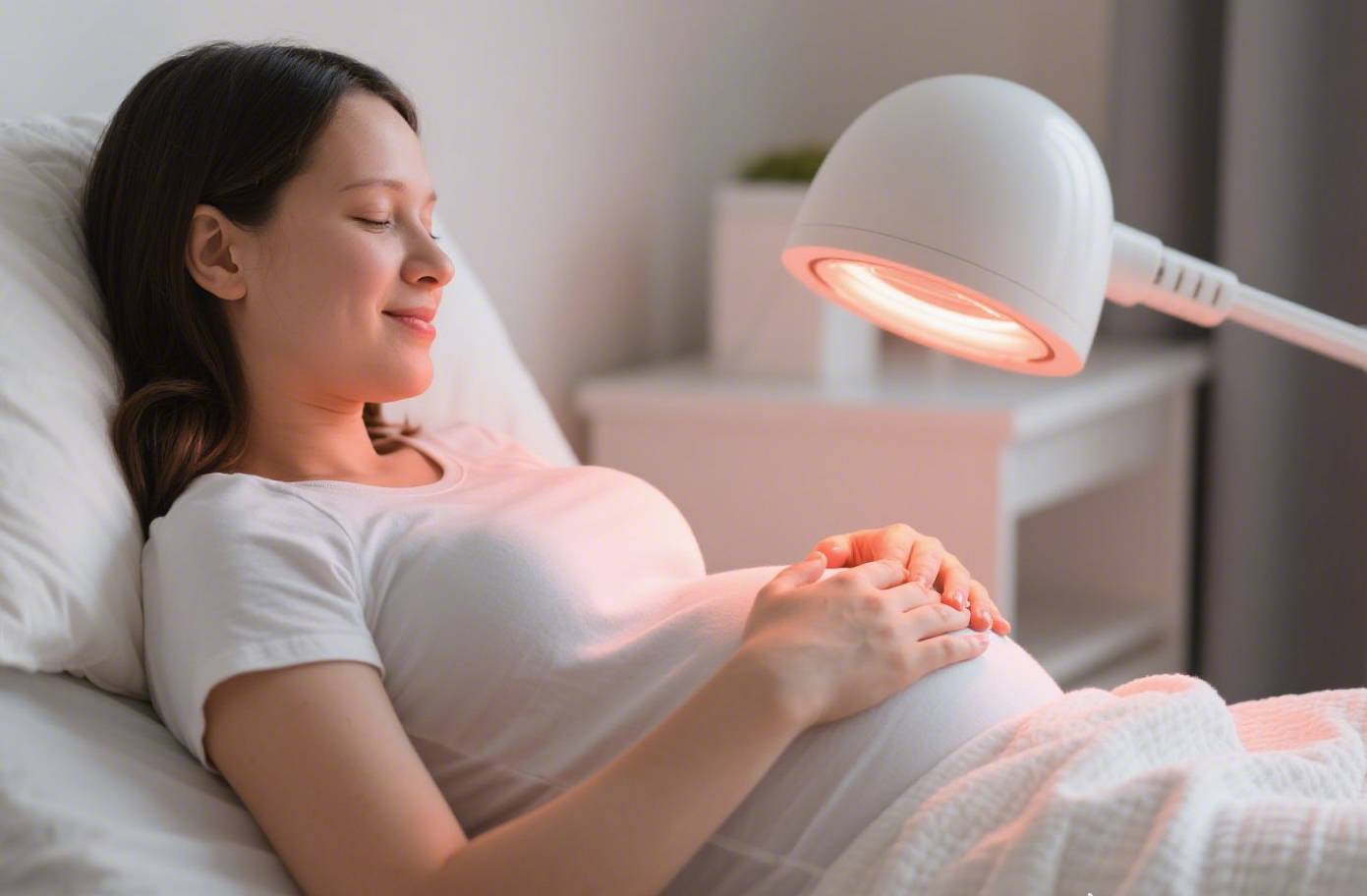Pregnancy is a time when women are especially cautious about their health and safety, including the use of alternative therapies. Red light therapy (RLT), also known as low-level laser therapy (LLLT) or photobiomodulation, has gained popularity for its benefits in skin health, pain relief, and inflammation reduction. But is it safe for expecting mothers?
Understanding Red Light Therapy
Red light therapy uses low-wavelength red or near-infrared light to penetrate the skin and stimulate cellular repair. Unlike UV rays, it does not damage the skin and is considered non-invasive. Common uses include:
-
Reducing inflammation and joint pain
-
Improving skin tone and reducing stretch marks
-
Enhancing wound healing
-
Boosting circulation
Safety During Pregnancy
Currently, there is limited research specifically on red light therapy and pregnancy. However, based on available studies and expert opinions:
-
No Known Harmful Effects – Red light therapy does not produce heat or radiation that could harm a developing fetus. It is non-ionizing, meaning it does not disrupt DNA or cells.
-
Non-Invasive and Painless – Unlike medications or harsh treatments, RLT is external and does not involve chemicals, making it a low-risk option.
-
Potential Benefits – Some pregnant women use RLT for back pain, swelling, or skin concerns like melasma. A 2018 study in Photomedicine and Laser Surgery suggested that LLLT could safely reduce musculoskeletal pain.
Precautions to Consider
While RLT appears safe, pregnant women should:
-
Avoid direct abdominal exposure unless approved by a doctor.
-
Consult their obstetrician before starting any new therapy.
-
Use FDA-cleared devices at appropriate wavelengths (typically 600-850 nm).
-
Limit session duration (10-20 minutes) to prevent overexposure.
Conclusion
Red light therapy is likely safe during pregnancy when used cautiously and under medical guidance. While more research is needed, its non-invasive nature and lack of side effects make it a promising option for pain relief and skin care. Always consult a healthcare provider before beginning any new treatment while pregnant.

